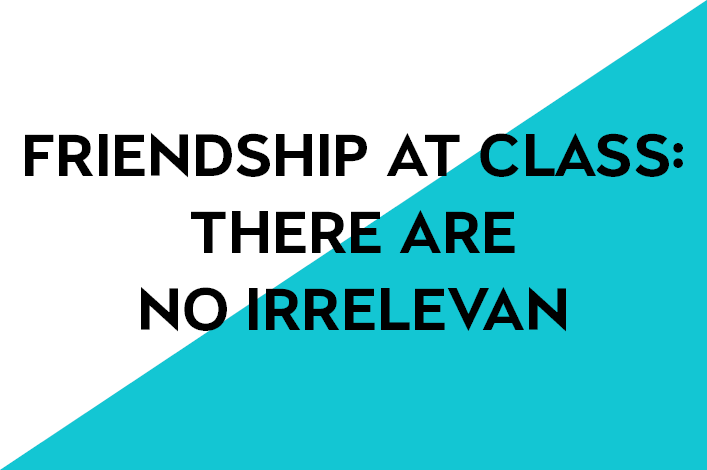
1. Friendship in class: Nobody is unneeded
Themes in the suggested curriculum: A person in a small group. Interpersonal relations. Communicating with peers. Why interpersonal conflicts appear.
Themes in the suggested curriculum: A person in a small group. Interpersonal relations. Communicating with peers. Why interpersonal conflicts appear.
Aims:- development of interpersonal tolerance, and the ability to recognise and appreciate differences
- development of empathy and compassion
- development of the skills of positive communication
- helping to form the concepts of 'Friendship' and 'a true friend'
- class cohesion and consolidation
Duration — 1 hour 20 minutes
Short description
The start of the lesson involves a questionnaire to be completed by the schoolchildren on individual i-pads, fed into a computer system that automatically processes the class's results. These are then discussed along with the positive and negative experiences of relationships, in which the theme is raised of the importance of being accepted in one's peer group.
The kids then watch a video about a new pupil given the cold shoulder by his classmates. The aim of the video-fragment is to prompt empathy and compassion for the protagonist.
The session leader supervises a questionnaire on the feelings experienced by the film's hero and those the schoolchildren feel in response. In the discussion, they then come to the conclusion that rejection often occurs due to external formal signals, and recall analogous situations from their own lives, and the feelings associated.
The children come to understand that emotions are an inseparable part of communication, both positive and negative.
The participants then divide into subgroups in which they compile lists of the kinds of actions other kids can do towards themselves that can make them experience negative feelings. The schoolchildren are trained in the skill of putting themselves into another's shoes. The question is then considered as to what other people feel when we ourselves behave in such ways to those around us. The conclusion is made of the importance of an atmosphere of friendship and acceptance in a class. After this, a pair exercise is held, in which the kids learn to distinguish friendly and unfriendly behaviours, with specific instances of these behaviours then being discussed in the reunited class group.
At the end of the lesson, the schoolchildren do the “Five Kind Words” exercise, in which they gain experience in displaying mutually positive connections to each other, learning about positive verbal communication.
Throughout the lesson, class cohesion is strengthened on account of the learning about compassion and the emotions of their classmates, the recognition of the worth and positive qualities present in everyone, and the increased awareness of the values of friendship in the classroom.
The event is closed with a questionnaire and review of the results, intended to reinforce the impressions gained, along with motivating participants about tolerant behaviour.